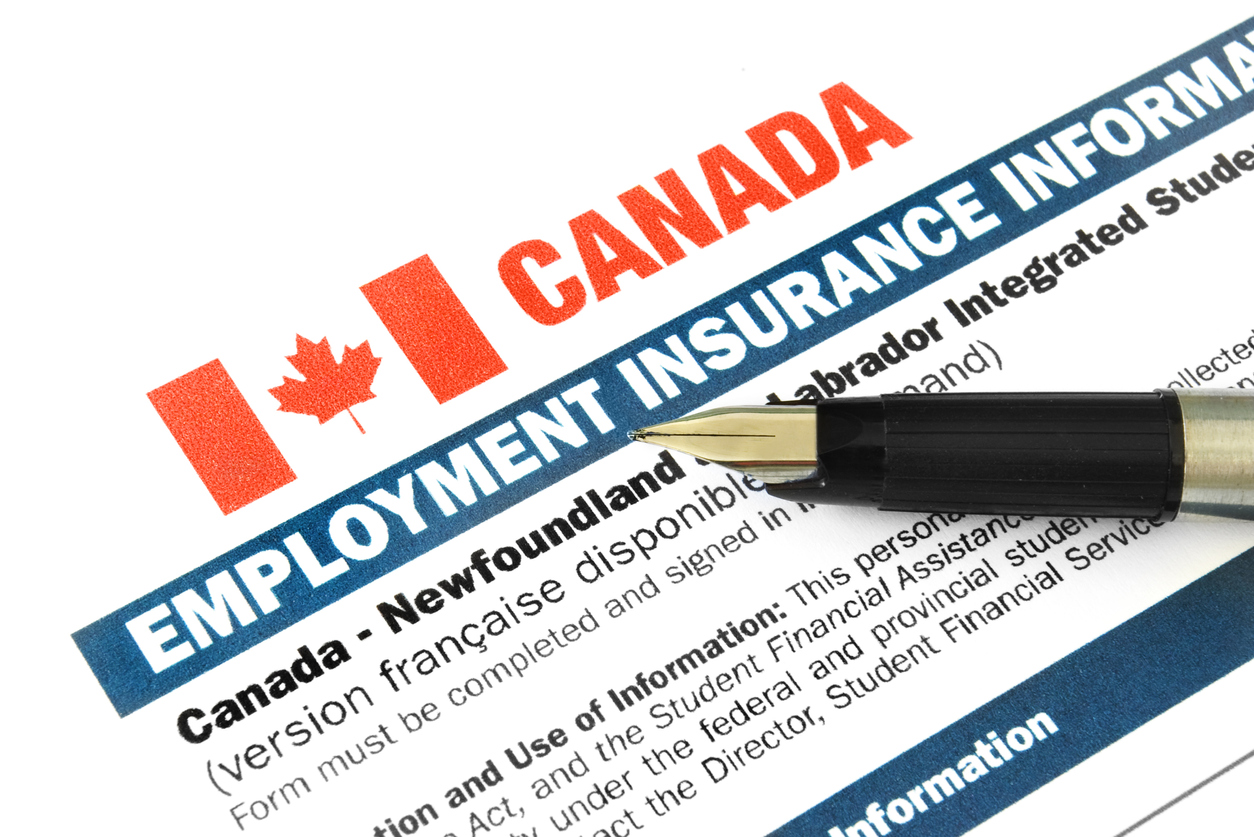Living with Chronic Pain
Workers’ Compensation in Canada

Workers’ compensation in Canada pays benefits for injuries or diseases related to an individual's job. It is a no-fault system, so benefits are provided regardless of who is at fault. Workers’ compensation boards are largely administered by the government of each province or territory; however, the Labour Program of the Government of Canada administers workers’ compensation for federal employees, merchant seamen, and federal penitentiary inmates.
Employers are responsible for signing up with a workers’ compensation board (WCB) and must do so if they have at least one employee working for them. (Note: This may vary by province or territory). Premiums are paid by the employer and are based on the type of work.
Benefits
The following types of benefits are available from all workers’ compensation boards in Canada:
- Wage loss benefits compensate workers a percentage of their normal wages.
- Permanent disability benefits are for individuals who develop a permanent disability as a result of a work injury.
- Fatality and dependency benefits are available when a worker dies due to a work disease or injury.
- Rehabilitation services and programs help rehabilitate injured workers so they can return to work.
Procedures
Note: The following is general information. Individuals should refer to their employer’s policies and their workers’ compensation board for specific information.
In general, if a workplace injury occurs, individuals should do the following (not necessarily in the following order):
- If the injury requires emergency medical treatment, obtain it as soon as possible.
- Inform their employer of the injury.
- Inform the health care professional that the injury occured at work, as a WCB will be paying for the health care visit.
- Have the health care provider fill out appropriate paperwork.
- Inform their employer of any restrictions or time needed to recover.
- Provide their employer with a copy of the medical report so a WCB claim can be filed.
The employer is no longer part of the claim process once they provide an initial report to a WCB. The WCB takes control from that point forward. For serious, significant or long-term claims (e.g., complex regional pain syndrome, spinal cord injury, etc.), the board assigns a case manager to oversee the claim and arrange benefits and WCB services. A nurse consultant ensures needed medical coverage is provided. Payment for the medical treatment related to the injury is covered by the WCB. Employers who are part of a WCB cannot be sued by their employees for workplace accidents or injuries.
Appeals process
All WCBs have appeal processes in place for individuals who disagree with a decision made by a WCB board. Individuals can submit additional information to the board that they believe may affect or change a WCB’s decision.
There is often an ombudsman or Office of the Worker Advisor who can provide information or help with representation. Their services are free and confidential.
Additional sources: Ontario Workplace Safety and Insurance Board, Community Legal Education Ontario, Association of Workers’ Compensation Boards of Canada


















